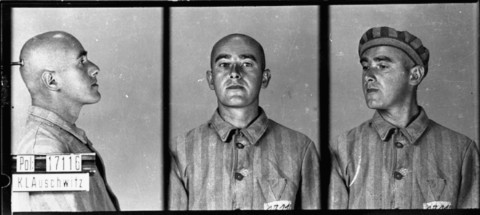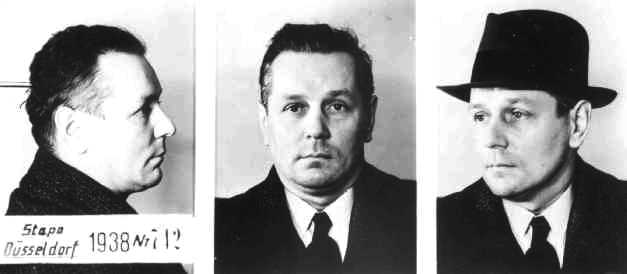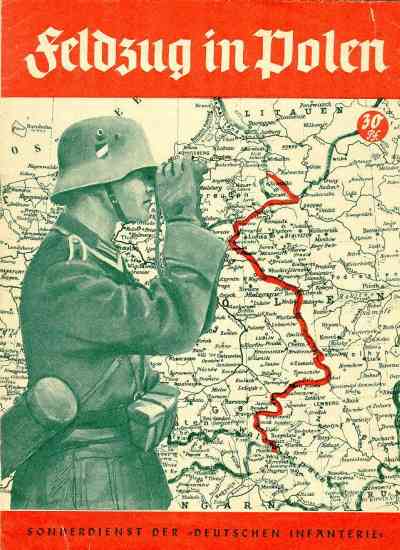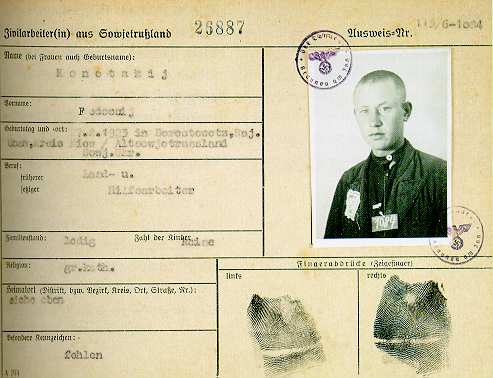Week 7: Radicalization and the Approach of War
Image right: The legend on this wartime poster reads: “You Are the Front.” Source: German Propaganda Archive at Calvin College.
I. Nazi Germany and Gay Men
A. The Legacy of Weimar: § 175
B. Phases in the Persecution of Gay Men
1) Spontaneous Violence, 1933-1935
2) Centralization and Persecution, 1936-1939Image: The El Dorado, a gay nightclub in Berlin, 1932
Image: Berlin police guarding the El Dorado after its closure, March 5, 1933
Image: Nazi officials remove books from Magnus Hirschfeld's "Institute for Sexual Research" (6 May 1933)
Image: Book-burning in front of the Kroll Opera House, May 10, 1933
Image: The "Columbia House," site of a Gestapo prison in Berlin (c. 1930)
Image: Castle Lichtenburg, site of an early concentration camp (1933-1937)
Image: Joseph Meisinger, Head of the Reich Office for Combatting Homosexuality and Abortion (1936-1938)Chart: Total Convictions under Article 175, 1934-1939
Image above: A writer who was arrested for homosexuality by the Düsseldorf Gestapo office in 1938. USHMM, Landesarchiv Nordrhein-Westfalen, Abteilung Rheinland.

Image above: Mugshot of a prisoner, accused of homosexuality, who arrived at the Auschwitz concentration camp on June 6, 1941. He died there a year later. USHMM, Państwowe Muzeum Auschwitz-Birkenau.


